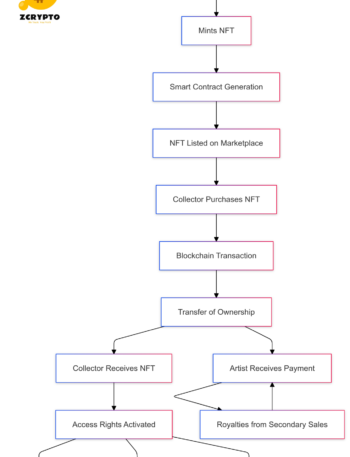What is EBITDA?
EBITDA stands for Earnings Before Interest, Taxes, Depreciation, and Amortization. It is a financial metric that measures a company’s profitability from its core operations before considering non-operational items.
- XRP/USD Market Analysis: Price Stability at $2.28 Amid Major Institutional Developments – January 10, 2025
- How Fractional Reserve Banking Works: A Comprehensive Guide to Creating Money and Stimulating the Economy
- Unlocking Deferred Tax Assets: How to Reduce Future Tax Liabilities and Boost Financial Performance
- Unlocking Exponential Growth: Innovative Strategies for Financial Success
- How the Equal Employment Opportunity Commission (EEOC) Impacts Financial Performance and Business Ethics
-
Earnings (Net Income): The net income of the company.
Bạn đang xem: Mastering EBITDA: The Ultimate Guide to Earnings Before Interest, Taxes, Depreciation, and Amortization
-
Interest: The cost of borrowing money.
-
Taxes: The amount paid in taxes.
-
Depreciation: The reduction in value of tangible assets over time.
-
Amortization: The reduction in value of intangible assets over time.
By removing these variables, EBITDA provides a clearer picture of a company’s operational efficiency and cash generation capabilities. This makes it easier to compare companies with different capital structures, debt levels, and tax profiles.
How to Calculate EBITDA
Calculating EBITDA can be done using two primary formulas:
Formula 1:
[ \text{EBITDA} = \text{Net Income} + \text{Interest} + \text{Taxes} + \text{Depreciation} + \text{Amortization} ]
Formula 2:
[ \text{EBITDA} = \text{Operating Income} + \text{Depreciation} + \text{Amortization} ]
Let’s consider an example using both formulas:
Suppose a company has:
-
Net Income: $100,000
-
Interest: $20,000
-
Taxes: $30,000
-
Depreciation: $40,000
-
Amortization: $10,000
Using Formula 1:
[ \text{EBITDA} = 100,000 + 20,000 + 30,000 + 40,000 + 10,000 = 200,000 ]
Alternatively, if we know the Operating Income is $150,000:
Using Formula 2:
[ \text{EBITDA} = 150,000 + 40,000 + 10,000 = 200,000 ]
To find these figures, you typically look at the income statement for net income and operating income, and the cash flow statement or balance sheet for depreciation and amortization.
Importance and Uses of EBITDA
EBITDA is a cornerstone in financial analysis for several reasons:
-
Comparability: It allows for a more accurate comparison between companies with different capital structures, debt levels, and tax profiles.
-
Operational Focus: By excluding non-operational items like interest and taxes, it focuses on the core profitability of the business.
-
Xem thêm : How to Calculate and Interpret Dividend Per Share (DPS): A Comprehensive Guide for Investors
Career Applications: It is widely used in careers such as accounting, investment banking, mergers and acquisitions, and by investors to evaluate companies.
-
Business Valuations: In mergers and acquisitions, EBITDA helps assess a company’s ability to generate cash flow.
EBITDA Margin and Operational Efficiency
The EBITDA Margin is calculated by dividing EBITDA by Total Revenue:
[ \text{EBITDA Margin} = \frac{\text{EBITDA}}{\text{Total Revenue}} ]
This metric reflects a company’s short-term operational efficiency and cash generation capabilities. Comparing EBITDA Margins across similar businesses in the same industry provides valuable insights into which companies are operating more efficiently.
Criticisms and Limitations of EBITDA
While EBITDA is a powerful tool, it has its criticisms and limitations:
-
Overstating Profitability: Critics argue that EBITDA can overstate profitability by omitting important expenses such as depreciation and capital costs.
-
Regulatory Requirements: The U.S. Securities and Exchange Commission (SEC) has specific guidelines for reporting EBITDA figures to ensure transparency.
-
Comprehensive Analysis: It is important to consider other financial metrics alongside EBITDA for a comprehensive understanding of a company’s financial health.
Practical Applications and Real-World Examples
EBITDA has numerous practical applications across various industries:
-
Asset-Intensive Industries: In industries like energy and manufacturing, where assets are significant, EBITDA helps evaluate operational efficiency.
-
Loan Assessments: Banks use debt-to-EBITDA ratios to assess a company’s ability to pay off its debts.
-
Case Studies: Companies like Walmart and Amazon use EBITDA in their financial analysis to make informed decisions about investments and expansions.
For example, when evaluating a potential acquisition target in the manufacturing sector, investors might use EBITDA to assess the target’s operational profitability and cash flow generation capabilities.
Nguồn: https://staredecisis.quest
Danh mục: Blog





